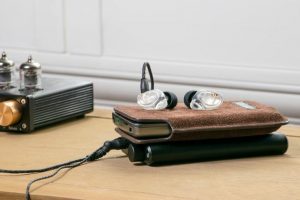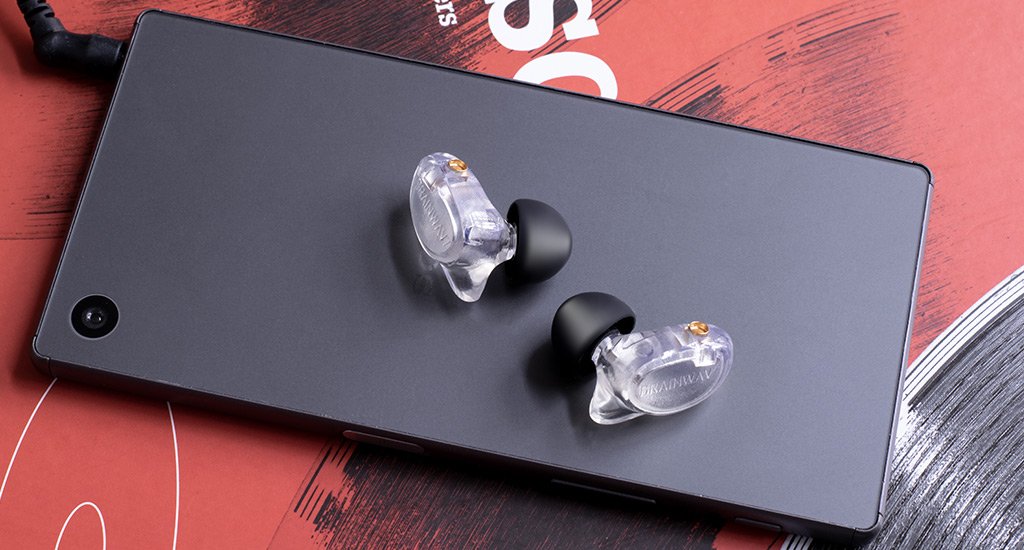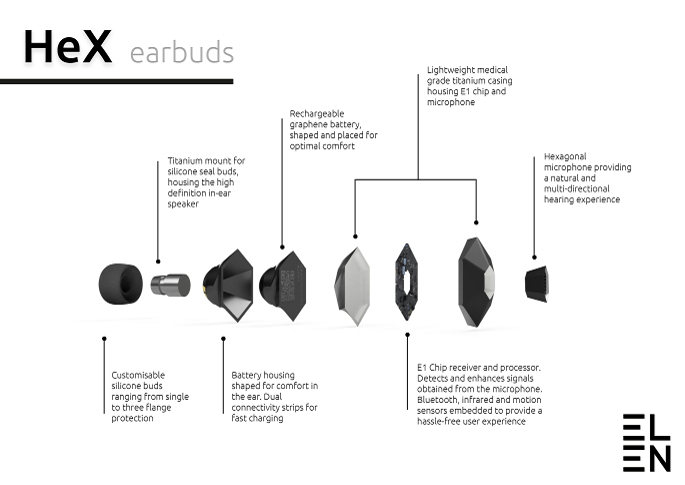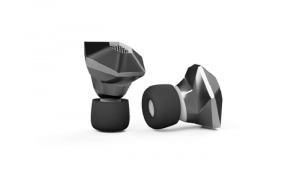Earlier this year, Brainwavz became the latest company to adopt 3D printing for its earbuds. The company started by releasing the B400 model, which featured an innovative shape only made possible by 3D printing. They’re a true example of how far earphones really have come over the years – from the large, clunky, over-the-ear models that weighed about 10 pounds, to the flimsy foam-covered wire devices of the Walkman era, to the invention of the earbud. While earbuds were exciting, however, they weren’t without their own problems. They could be uncomfortable wedged in the ear, and the cheaper ones had an annoying tendency to fall out frequently.
 Brainwavz addressed these issues with its 3D printed earbuds. Designed for comfort and security, the carefully shaped buds not only stay in place but are meant to be hardly felt. Now Brainwavz has come out with a new 3D printed earbud model, the Koel. Like their predecessors, the Koel buds are lightweight and ergonomically designed for what the company describes as a “true fit-and-forget experience.”
Brainwavz addressed these issues with its 3D printed earbuds. Designed for comfort and security, the carefully shaped buds not only stay in place but are meant to be hardly felt. Now Brainwavz has come out with a new 3D printed earbud model, the Koel. Like their predecessors, the Koel buds are lightweight and ergonomically designed for what the company describes as a “true fit-and-forget experience.”
The Koel earbuds also offer a balanced sound quality that has been described in glowing terms by reviewers. As a child of the 90s, I have a hard time believing the sound quality that is offered by good earphones today. I grew up with the cheap, tinny-sounding earphones that came with Walkmans (Walkmen?) and later Discmans. Not only was the sound bad, they would slide off constantly, and the soft foam covering them for “comfort” would easily tear, leaving exposed metal.
Koel earbuds are designed not to go anywhere – their 3D printed design makes for a snug fit, and over-the-ear cables prevent movement of any kind. They’re made to make you feel as though you’re right in the room with your favorite musical artists, without an earbud sliding around and jabbing you in the ear to remind you of its presence. The earbuds come with six sets of silicone ear tips so that you can find your own perfect fit, as well as foam tips and a shirt clip to keep the cable securely in place.
 Brainwavz has come out with a large number of earbud models quite quickly, and 3D printing is largely to thank for the company’s productivity. The technology allows for fast design iteration in addition to the creation of shapes that would not be possible by other manufacturing means such as injection molding, as the company proudly emphasizes. Several other companies have turned to 3D printing to create their earbud shells, and it’s not hard to see this industry as being one that eventually embraces additive manufacturing as its standard means of production.
Brainwavz has come out with a large number of earbud models quite quickly, and 3D printing is largely to thank for the company’s productivity. The technology allows for fast design iteration in addition to the creation of shapes that would not be possible by other manufacturing means such as injection molding, as the company proudly emphasizes. Several other companies have turned to 3D printing to create their earbud shells, and it’s not hard to see this industry as being one that eventually embraces additive manufacturing as its standard means of production.
Brainwavz Koel earbuds are currently priced at $55.60, marked down from $69.50. The company offers 24 months warranty and free shipping to many locations around the world. You can learn more about Koel earbuds here.
Discuss this and other 3D printing topics at 3DPrintBoard.com or share your thoughts below.





